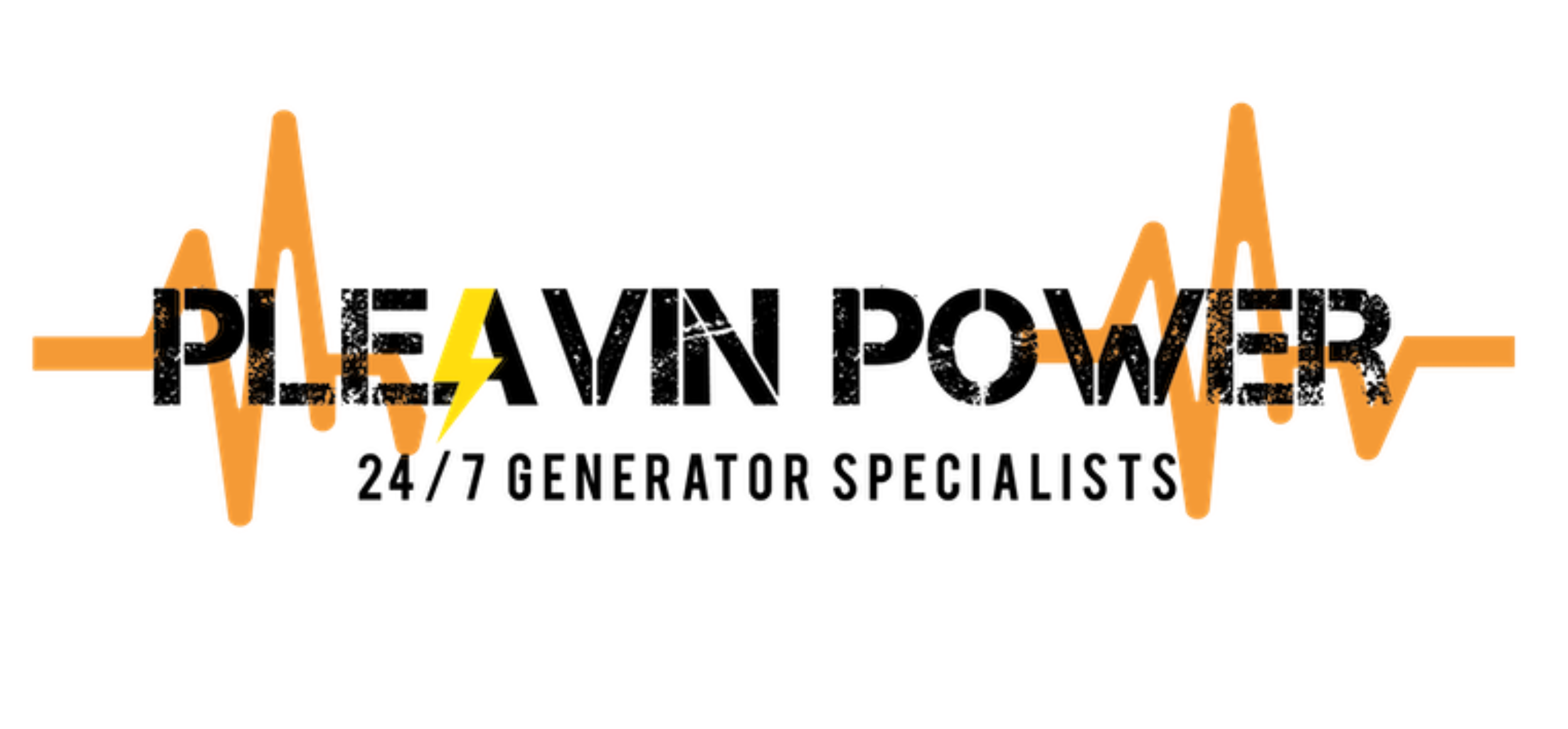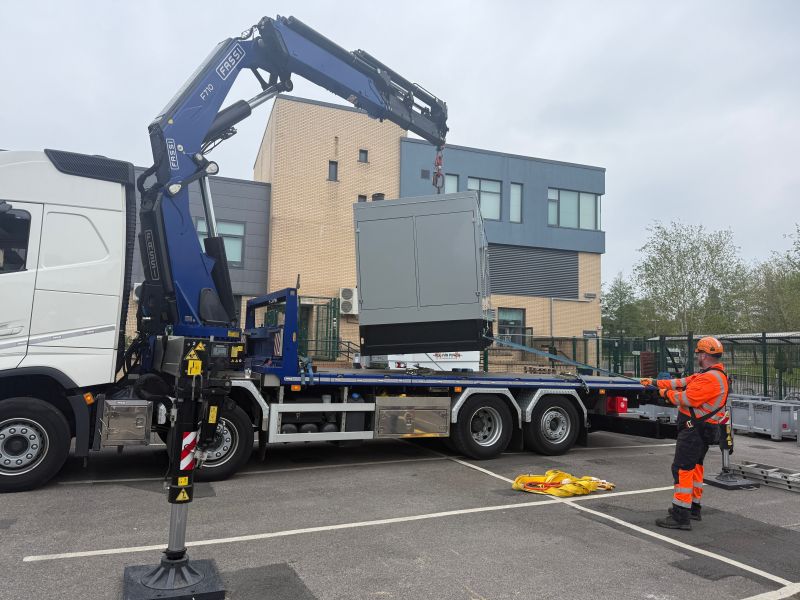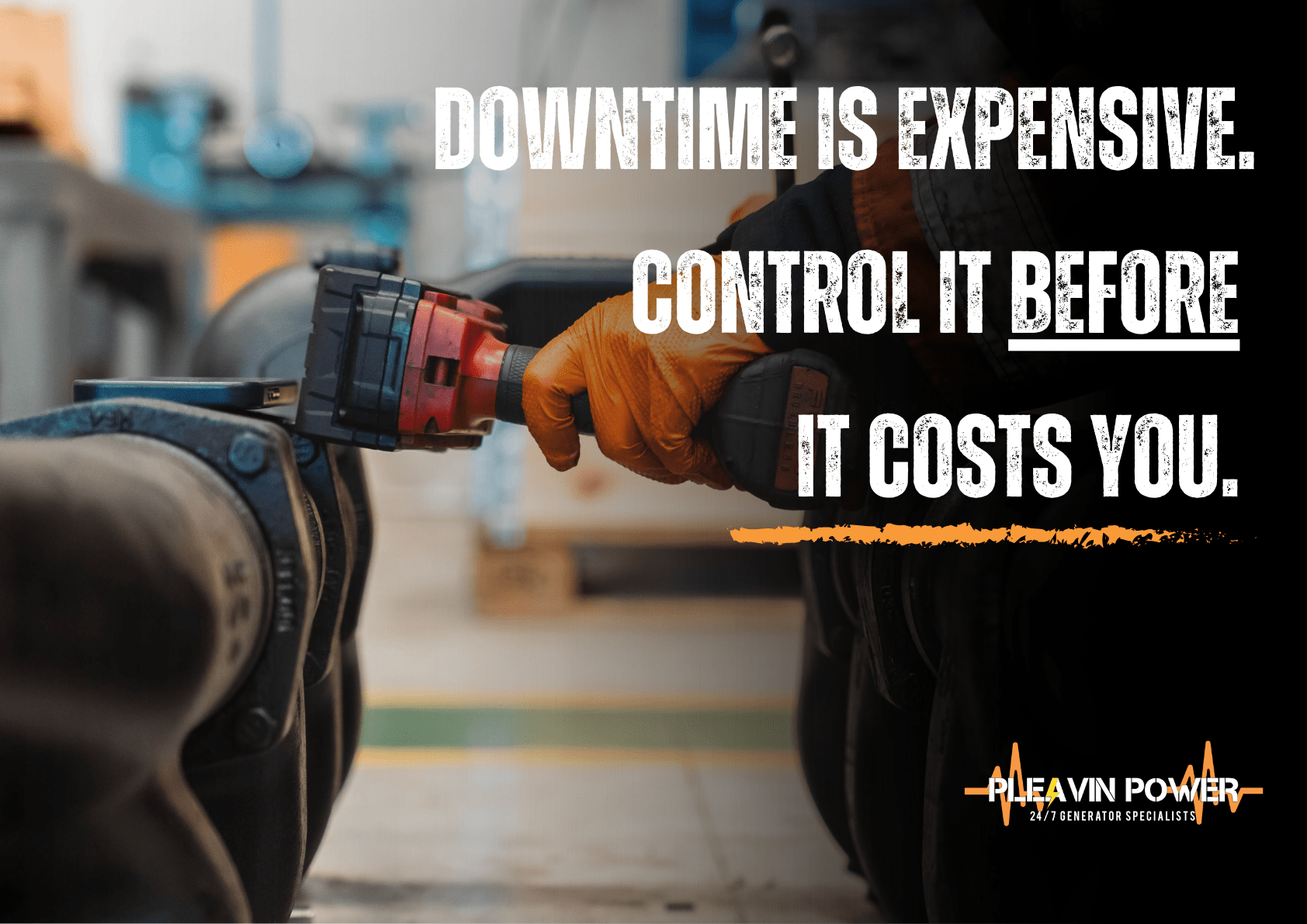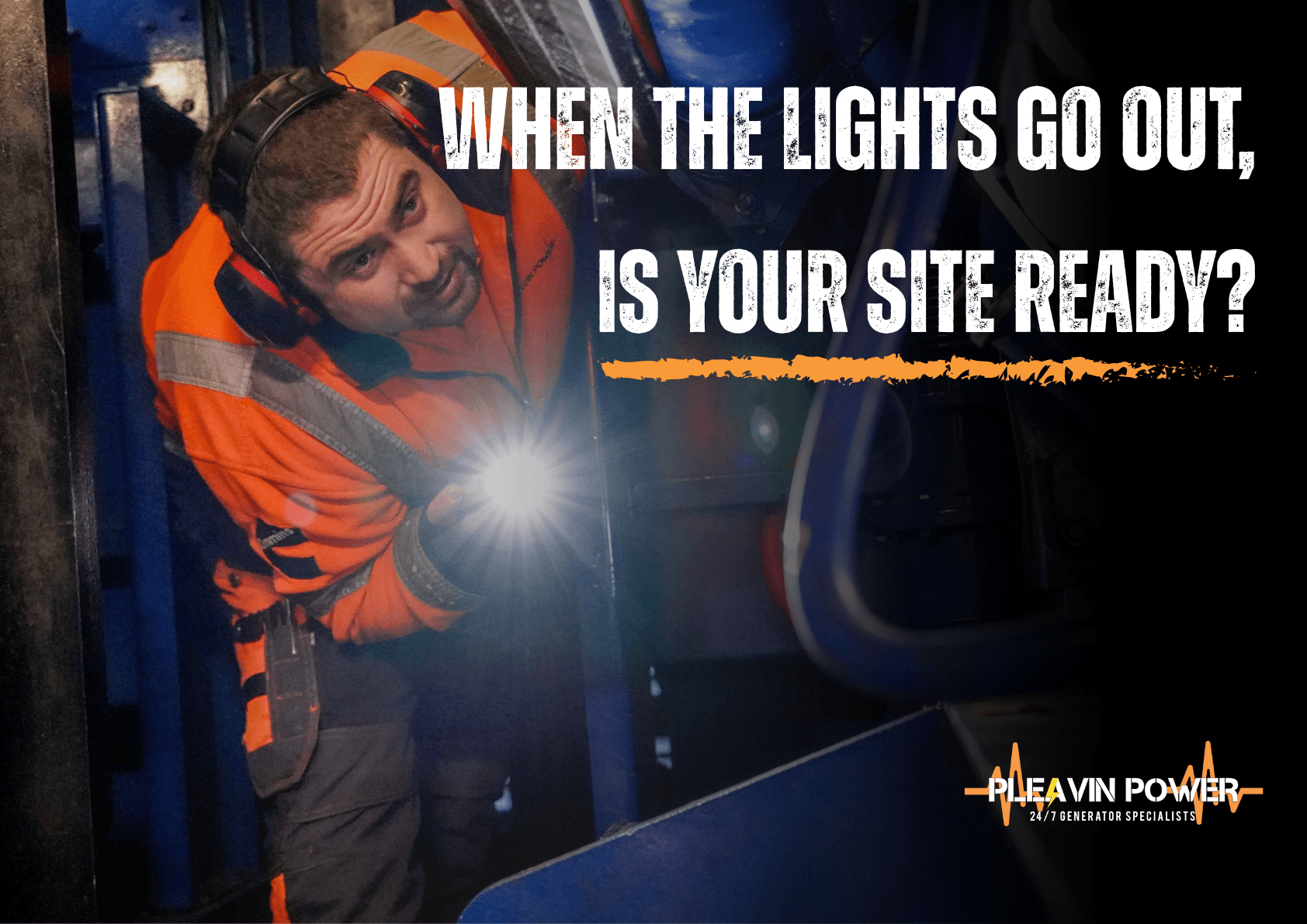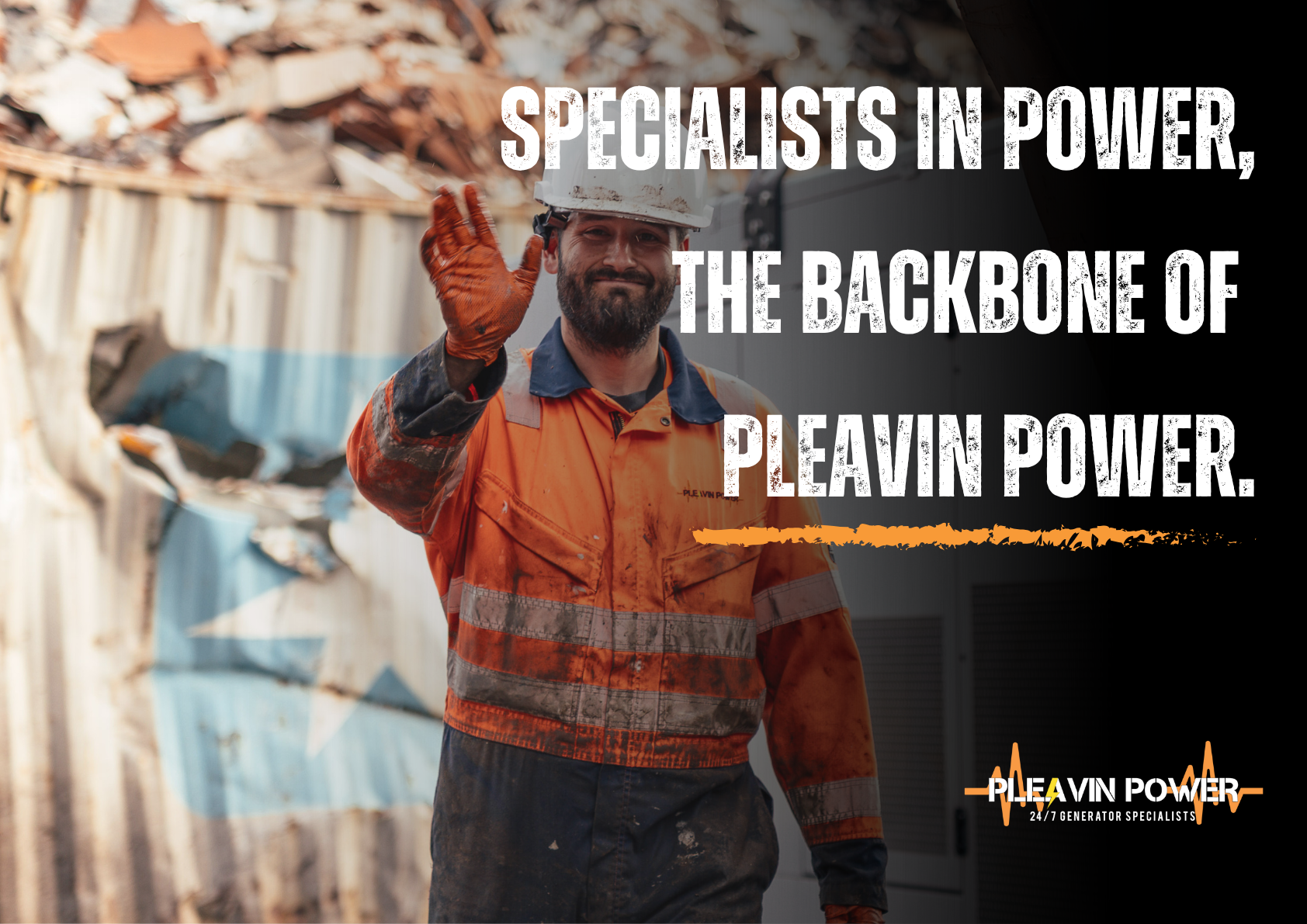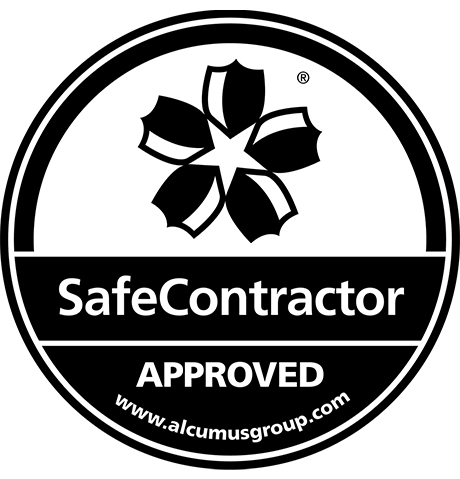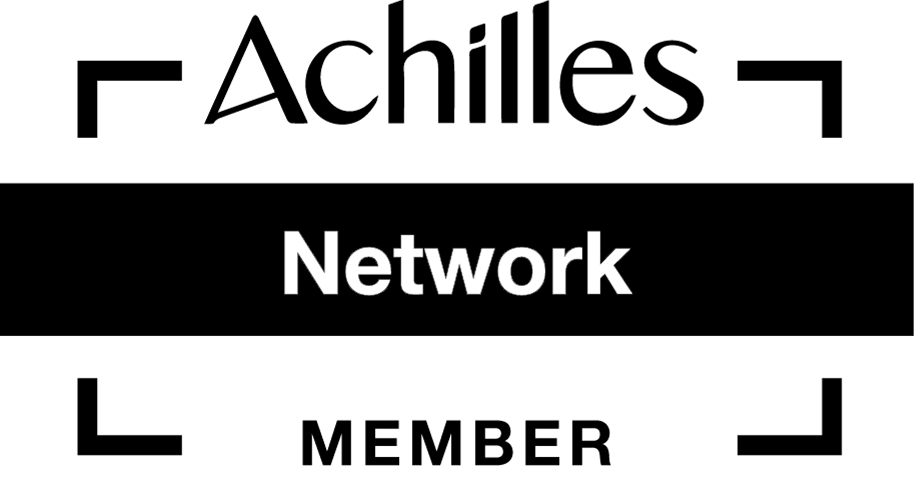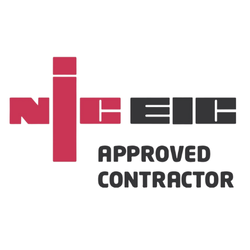If you’re considering having a new generator system installed, you’ll need to know what to expect. This includes the timeline and how long it takes, along with how disruptive it is and what level of planning will be involved.
You may be happy to leave everything in the hands of the professionals, but it’s still extremely useful to understand what typically happens during a generator power installation project.
What to Expect During a Generator Installation
How do you install a generator and how long does it take? These are the key questions you’ll need answers to in order to plan and implement a new power installation at your site.
The first important thing you need to know is that it is a multi-phase process. It usually involves the following stages:
- Initial power assessment, site survey and consultation
- Design and compliance planning
- Physical installation and electrical integration
- Testing and handover

Initial Site Survey and Power Requirements
Once you’ve chosen your generator installation provider, the first step is to get an initial site survey booked in. This involves a technician or engineer visiting the location to evaluate everything from available space to accessibility. They’ll make a note of existing infrastructure (including existing generators that need to be relocated, decommissioned or replaced) and any safety requirements.
As well as assessing the site, the technician will carry out a detailed power requirement analysis based on the demands of your equipment and the load needed. They may divide power needs into two categories to ensure that priority is given to the most important infrastructure and equipment on site: Critical and non-critical systems.
Other important decisions will be made at this stage too, including the fuel type of the generator, and where fuel can be safely stored until it’s needed.
Planning, Permits and System Design
Installing a new generator isn’t just as simple as buying or hiring one, and booking in an installation date. Instead, it involves a comprehensive and data-backed design process.
This is absolutely essential to ensure that the new system will meet your company’s requirements, run smoothly and efficiently, and tick all the relevant compliance boxes.
Using the results of the site survey and power requirements, a custom system design will be produced. This includes elements such as:
- Generator sizing
- Design, location and functioning of the Automatic Transfer Switch (ATS) – this is what will automatically start your emergency generator in case of an unexpected outage
- Ventilation
- Acoustic housing (if required)
- Loan management planning
- Integration with existing systems.
Local authority planning rules will also need to be factored into your plans, along with any regulatory body permissions for things like fuel storage, emissions or noise pollution. For example, you may need a specified generator environmental permit to meet air quality requirements. These are all areas your generator installation specialist can help with.
At this stage, the timeline for the project will also be set out. You’ll be provided with a detailed schedule for delivery, installation and commissioning. Your installer may also give you details of how they’ll coordinate with the relevant professionals and contractors working on the job, such as electricians or building contractors (for example, if groundwork is needed).
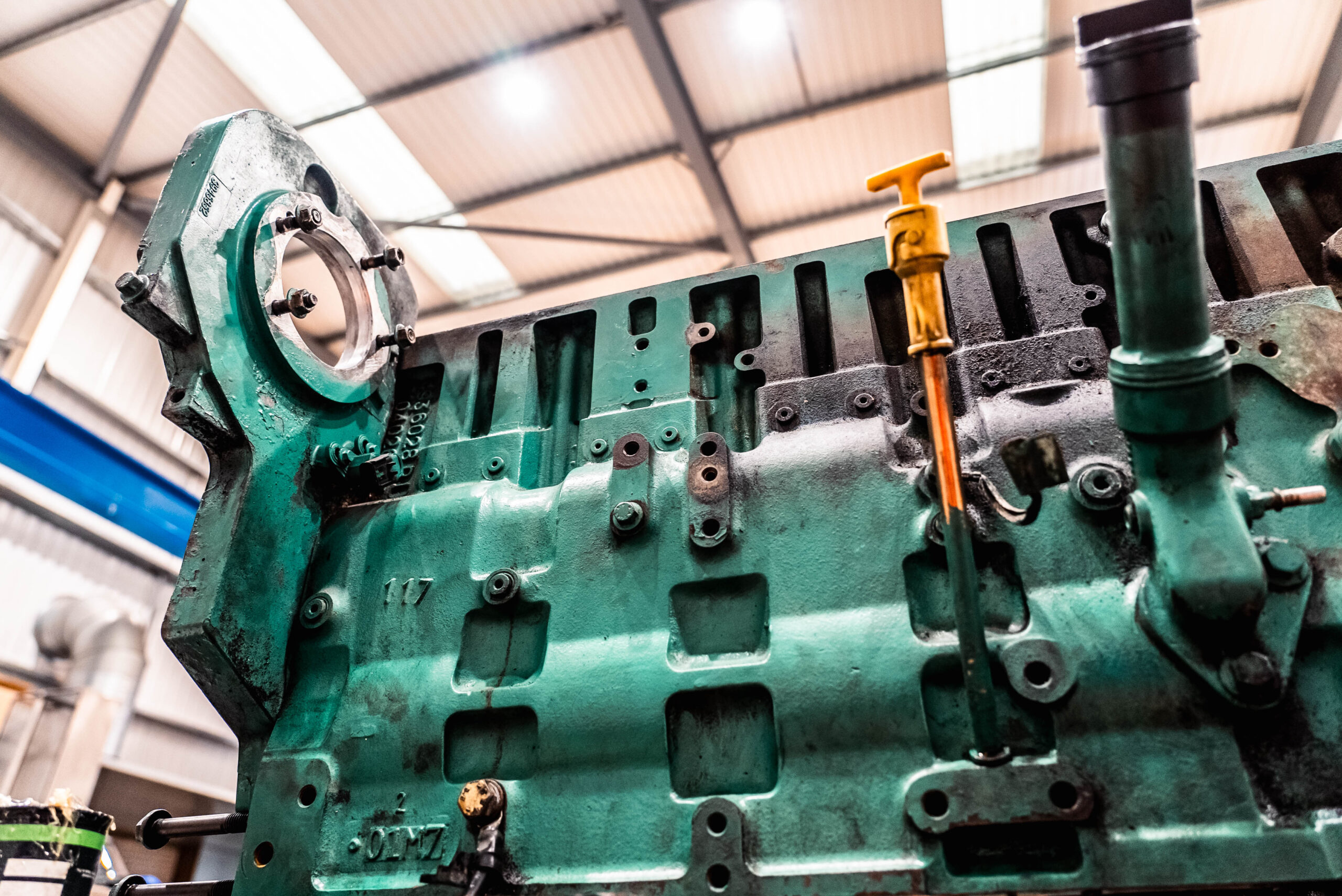
Delivery, Positioning and Electrical Work
Work on your installation project finally gets underway with the delivery of your equipment, which may involve the use of a crane if access is restricted.
The site will need to be carefully prepared first, with clearance, ventilation and compliance with the manufacturer’s installation requirements all at the top of the priorities list. You’ll also need to work with the installer to provide access to the site.
A key part of the installation process is electrical work, involving:
- Connection to the main switchboard or distribution system
- Installation of the ATS and/or manual switch
- Wiring of control panels, fuel systems, remote monitoring sensors and alarms.
At all times, engineers will need to follow all site-specific safety measures and protocols, including fire safety.
Final Testing, Commissioning and Training
Once the generator and associated equipment is fully installed, it’s time for testing. This step cannot be skipped, as it’s the only way to guarantee that the system is running smoothly and can handle the load demand. It’s also essential for safety purposes, as well as being a good opportunity to catch any faults or fix any snags in the system.
Your technician will carry out load testing, along with system checks, failover simulations and ATS operations. They’ll verify the system meets all compliance requirements, down to the smallest details.
Importantly, they’ll optimise and fine-tune the system to make sure it’s running at the highest possible level of performance and efficiency.
When testing is complete, the generator can be officially commissioned. This means it’s ready for use, and you’ll get the following documentation:
- Electrical Installation Certificate (EIC) – showing your installation meets BS 7671 (IEE Wiring Regulations)
- Handover package, including user manuals and aftercare information
- Warranty documentation
- Service schedule information
- Details of remote monitoring services and emergency contact information (in case of a fault)
The final step is training, where onsite personnel will need to be educated on operation, safety procedures, fault codes and emergency processes.

